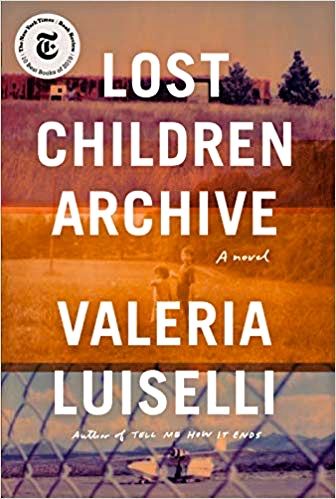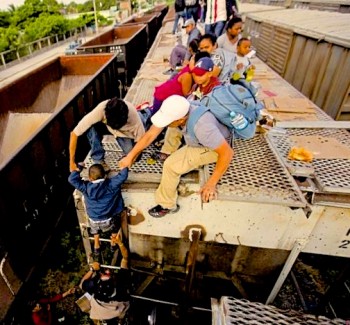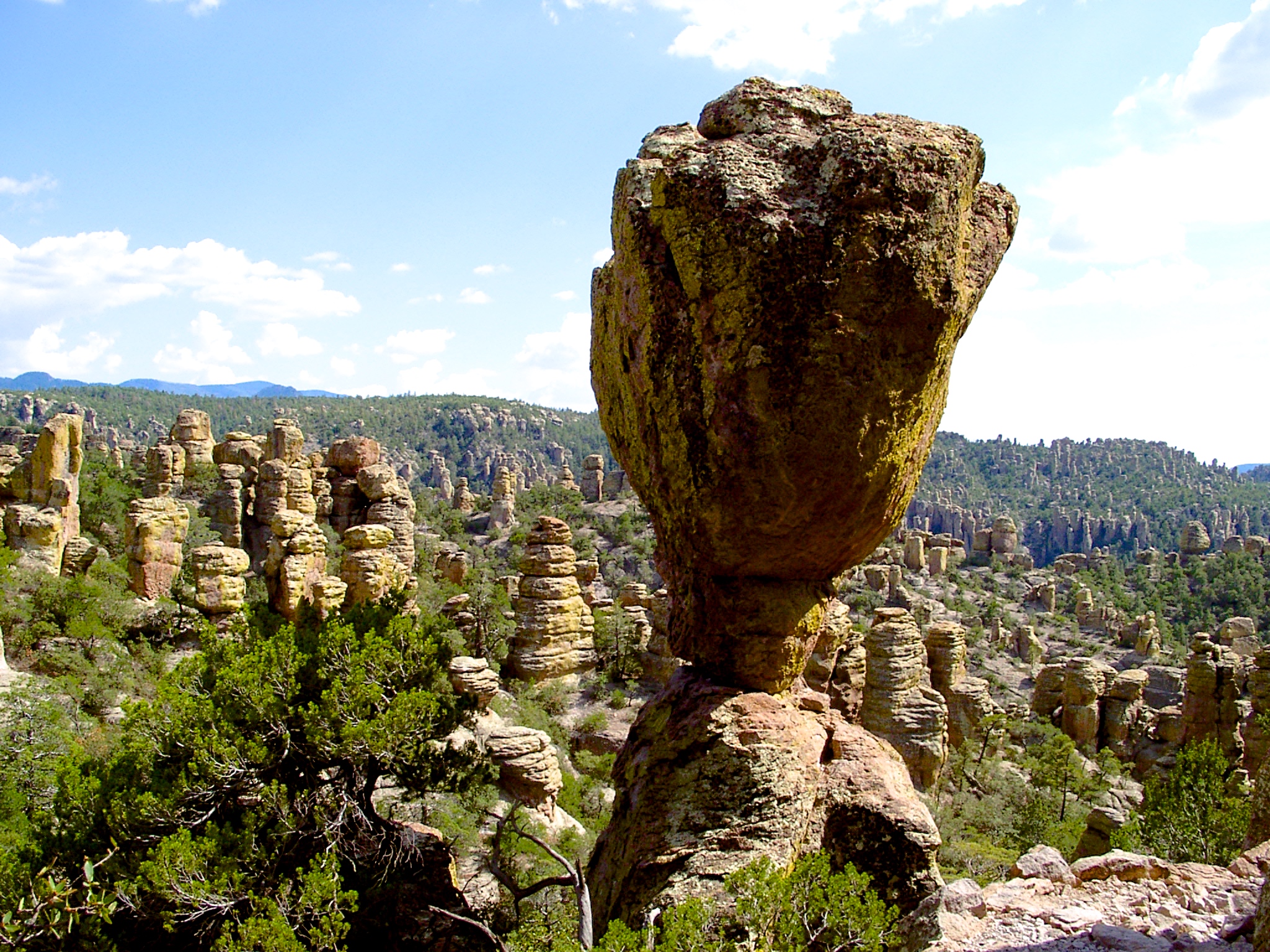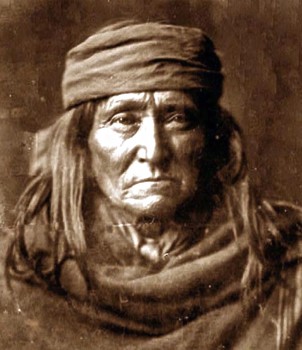Note: This book was a FINALIST for the National Book Critics Circle Award (2019). The author is also a past WINNER of the American Book Award (2018) and the Los Angeles Book Prize for Best Fiction (2015). This book is WINNER of the Rathbones Folio Prize for 2020.
“The only things that parents can really give their children are little knowledges: this is how you cut your own nails, this is the temperature of a real hug…this is how I love you. And what children give their parents, in return, is something less tangible but at the same time larger and more lasting, something like a drive to embrace life fully and understand it, on their behalf, so they can try to explain it to them, pass it down to them ‘with acceptance and without rancor,’ as James Baldwin once wrote, but also with a certain rage and fierceness.”
The speake r of this passage, a mother and wife, is traveling by car from New York to Arizona one summer with her husband and two children – his son, age ten, and her daughter, age five. The wife has been married to her husband for four years, having met him on a research project for NYU’s Center for Urban Science and Progress, the purpose of which is to sample and collect all “keynotes and soundmarks” that are emblematic of New York City. The couple’s specific tasks have focused on collecting samples of all the languages spoken in the city over the past four years, over a hundred fifty at the time of this novel. Because the wife is close to finishing her part of the project and is ready to start editing, she can devote only a month to the Arizona vacation trip. Her husband, having already moved on to a detailed study of Apacheria, the historical land of the Apaches, now plans a future longterm study in the southwest. Independently, the wife has become involved in researching the plight of children who have entered the country illegally to reconnect with parents who are also in the country illegally, where they sometimes work two jobs in an effort to provide food for their families outside the U.S. One of the wife’s friends, Manuela, worries about an upcoming hearing regarding her possible deportation. In the meantime, her two children have already been entrusted to a “coyote” who has abandoned them in the southern desert of the United States, where they have been captured by Immigration and Customs Enforcement. No one knows if they or Manuela will be deported before the family can reconnect, and the wife hopes to help her.
r of this passage, a mother and wife, is traveling by car from New York to Arizona one summer with her husband and two children – his son, age ten, and her daughter, age five. The wife has been married to her husband for four years, having met him on a research project for NYU’s Center for Urban Science and Progress, the purpose of which is to sample and collect all “keynotes and soundmarks” that are emblematic of New York City. The couple’s specific tasks have focused on collecting samples of all the languages spoken in the city over the past four years, over a hundred fifty at the time of this novel. Because the wife is close to finishing her part of the project and is ready to start editing, she can devote only a month to the Arizona vacation trip. Her husband, having already moved on to a detailed study of Apacheria, the historical land of the Apaches, now plans a future longterm study in the southwest. Independently, the wife has become involved in researching the plight of children who have entered the country illegally to reconnect with parents who are also in the country illegally, where they sometimes work two jobs in an effort to provide food for their families outside the U.S. One of the wife’s friends, Manuela, worries about an upcoming hearing regarding her possible deportation. In the meantime, her two children have already been entrusted to a “coyote” who has abandoned them in the southern desert of the United States, where they have been captured by Immigration and Customs Enforcement. No one knows if they or Manuela will be deported before the family can reconnect, and the wife hopes to help her.
 From the outset, the subject of what constitutes “lost children” becomes a major theme. Certainly, Manuela’s children are lost, both within the bureaucracy and within the life of their mother, but as the novel develops, and the different interests of the speaker/wife and her husband become clearer, their own children, too, appear to be in danger of becoming lost in their parents’ failing marriage. The husband’s studies of Geronimo and the Apaches illustrate the lost children of that devastated culture, while the wife’s recent studies of the lost children in the immigration system continue to develop dramatically as they travel. Few readers will be able to forget the heartbreaking plight of those children, when the family observes a plane leaving the airport in Artesia, New Mexico, loaded with unaccompanied minors being returned “home” to Latin America. The lost children “archive” expands further for the entire family as time continues.
From the outset, the subject of what constitutes “lost children” becomes a major theme. Certainly, Manuela’s children are lost, both within the bureaucracy and within the life of their mother, but as the novel develops, and the different interests of the speaker/wife and her husband become clearer, their own children, too, appear to be in danger of becoming lost in their parents’ failing marriage. The husband’s studies of Geronimo and the Apaches illustrate the lost children of that devastated culture, while the wife’s recent studies of the lost children in the immigration system continue to develop dramatically as they travel. Few readers will be able to forget the heartbreaking plight of those children, when the family observes a plane leaving the airport in Artesia, New Mexico, loaded with unaccompanied minors being returned “home” to Latin America. The lost children “archive” expands further for the entire family as time continues.
Although the themes here regarding home, family, culture, and values are broad, unforgettable, and sensitively rendered, the most memorable aspect of this novel, for many readers, will be author Valeria Luiselli’s ability to create real people, including children, who are on vacation and looking for fun. Without a touch of artifice, she brings the individuals in the family so fully to life, creating scenes of such intimacy and often humor, that I actually looked up the author’s own biography to see if, in fact, this was the story of her own life. It is not, despite a few surface similarities. The two children here, ten and five years old, are both extremely bright and thoughtful, and while they sometimes whine about how long it may be to get where they are going, they become fascinated by the stories told by their parents as they move south, visit places like Geronimo’s grave, listen to Golding’s Lord of the Flies, take Polaroid photos, and address each other by their adopted names – Swift Feather, Papa Cochise, Lucky Arrow, and Memphis. The little girl often naps in the back of the car and still sucks her thumb, though she loves singing songs and has an unusual amount of energy and curiosity. The son likes hearing stories about the Eagle Warriors, following maps, and learning about Native American culture. Neither one complains about missing TV or the internet, and not a single “device” accompanies them on the trip.

Children and families resting on the tops of railroad cars without any protection as they head for the US border.
Throughout the trip, the author includes references to literature, including works by Walt Whitman, Ezra Pound, Jack Kerouac, Susan Sontag, Cormac McCarthy, Carson McCullers, and others, some of which are shared with the children. For music, they visit Nashville and Graceland and play the songs of Odetta, Johnny Cash, and the Rolling Stones. When the boy cannot figure out what scenes to photograph with his new Polaroid, the mother makes suggestions based on the work of famous road photographers – road signs, vacant land, cars, motels, diners, and ruins. Mother and son also have some complex discussions about time and space in the arts and real life – how people can feel time and space differently and why being overwhelmed by the present makes imagining the future impossible. Throughout the novel, however, the most lasting and most often repeated image is that of a little red book: Elegies for Lost Children, by Ella Camposanto, an Italian author translated into English in 2014. Camposanto’s book tells the stories of immigrants, especially children, trying to get into the US by riding on the roofs of trains. Divided into “elegies,” not chapters, it focuses on the issues concerning one group of seven children as they try to get across the border to safety.

The Chiricahuas, in Apache country, where the boy took a photograph which appears at the end of the book.
As the trip draws closer to its end in Arizona, at least for the little girl and her mother, who has responsibilities back in New York, I found myself reading more and more slowly. I have rarely cared about characters as much as Valeria Luiselli made me care about this family. An emergency involving both parents and children, as the novel comes close to the end, suddenly overturns all my expectations for the ending, and I could not make myself read it slowly as it unfolded in stream-of-consciousness style. As the well-developed themes all come together, and the characters individually come closer to resolving some of their problems, I began actually to feel the “resolution” which is the mark of an effective conclusion. A short section at the end, in which the little girl lists, phonetically, all the different kinds of echoes she has heard, is accompanied by a note from her ten-year-old brother as she gets ready to depart for New York. A crowning gift to the reader of this astonishing book is the album of the young boy’s Polaroid photos, in which the places, people, and images of this book become really, truly real.
ALSO by Luiselli: FACES IN THE CROWD and THE STORY OF MY TEETH

Echo Canyon, a favorite place for the little girl, who keeps trying to figure out who is shouting the echoes.
Photos. The author’s photo appears on https://www.publishersweekly.com/
The photo of Geronimo by famed photographer Edward Curtis, is found here: https://www.pinterest.com
Children and families riding without protection on the top of a railroad car, hoping to reach freedom on the US border. https://www.wnycstudios.org/
The Chiricahua Mountains, Apache territory, in Arizona, is one place that the boy took a photo of his little sister. His own photo of this scene appears at the end of the book. https://en.wikipedia.org
A favorite place of the little girl is Echo Canyon, where the children enjoy calling out the name of Geronimo to hear the echo of “onimo, onimo, onimo.” https://www.americansouthwest.net/

